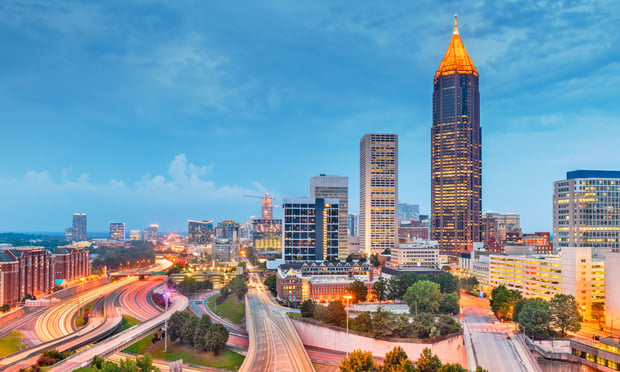Strong demand is likely to fill millions of square feet of industrial space now under construction, according to "Industrial Trends in Austin, Seattle, Phoenix and Miami," a new report by CommercialEdge, a research and marketing service created by Yardi.
"There are strong underlying fundamentals that are fueling the growth, from the transition to e-commerce to the re-shoring of certain manufacturing," says Turner Levison, senior account executive in Yardi's offices in Atlanta. "We feel like we are still mid-cycle. We are not on the immanent, bubble-bursting end of the industrial run."
Recommended For You
For example, in Austin, developers have started construction on a stunning 11.2 million square feet of new industrial space, a 13.5% increase to the existing inventory in that rapidly growing city.
"Austin's pipeline growth looks pretty incredible, but if you peal back the onion a little bit there are two massive four million and 3.8 million square foot facilities coming from Tesla and Amazon," says Peter Kolaczynski, senior research manager at Yardi CommercialEdge, working in the firm's offices in Scottsdale, AZ. He notes that industrial properties like these won't lead to more vacant space since most of the upcoming inventory is already spoken for, build-to-suite or owner occupied like the massive facilities coming from Amazon and Tesla.
Developers also have 14.0 million square feet of industrial space under construction in Phoenix. Large corporate tenants including Amazon, Nikola, Gatorade, Red Bull and Five Below all have large properties currently under construction, some owner-occupied and some leased.
Industrial developers are less busy in coastal markets with higher land costs and less available space. For example, the report also studies Miami and Seattle, two bigger cities with more geographic constraints on new development. Their largest new, industrial developments are a one-million-square-foot property in Miami and 1.5-million-square-foot property in Seattle.
However, in each of these very different markets, supply has stayed relatively in balance with demand. Vacancy rates are within percentage point or so of 6% and are unlikely to change much, says Levison.
"The product and supply being brought online is being absorbed at a reasonable pace," says Kolaczynski. "Vacancy rates remain pretty steady and your asking rents are going up."
The demand for industrial space increased during the coronavirus pandemic as manufactures of certain items like batteries and medical supplies brought production back to the US. to avoid future disruptions. Online retailers like Amazon also needed industrial space for fulfillment centers to handle the growing number of sales they made while their customers sheltered in place. "COVID was a catalyst," says Levison. "It accelerated shifts in consumer behavior."
However, even after the pandemic is over, these new consumers are likely to continue to shop online. "This shift of those who in the absence of the COVID pandemic who might have never shopped for groceries online who now, even in the absence of the pandemic risk, are going to continue to shop online," says Levison.
© 2025 ALM Global, LLC, All Rights Reserved. Request academic re-use from www.copyright.com. All other uses, submit a request to [email protected]. For more information visit Asset & Logo Licensing.








